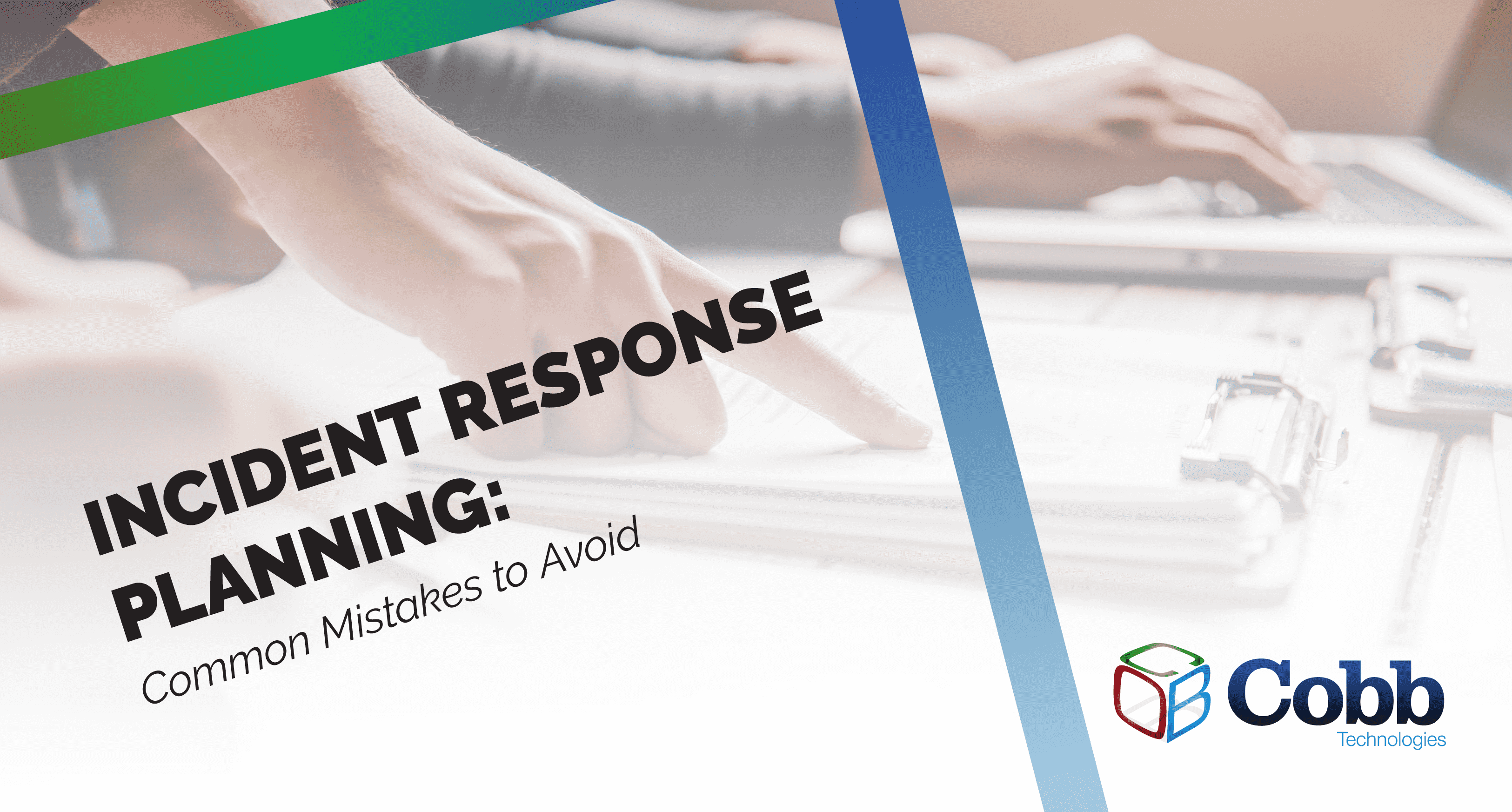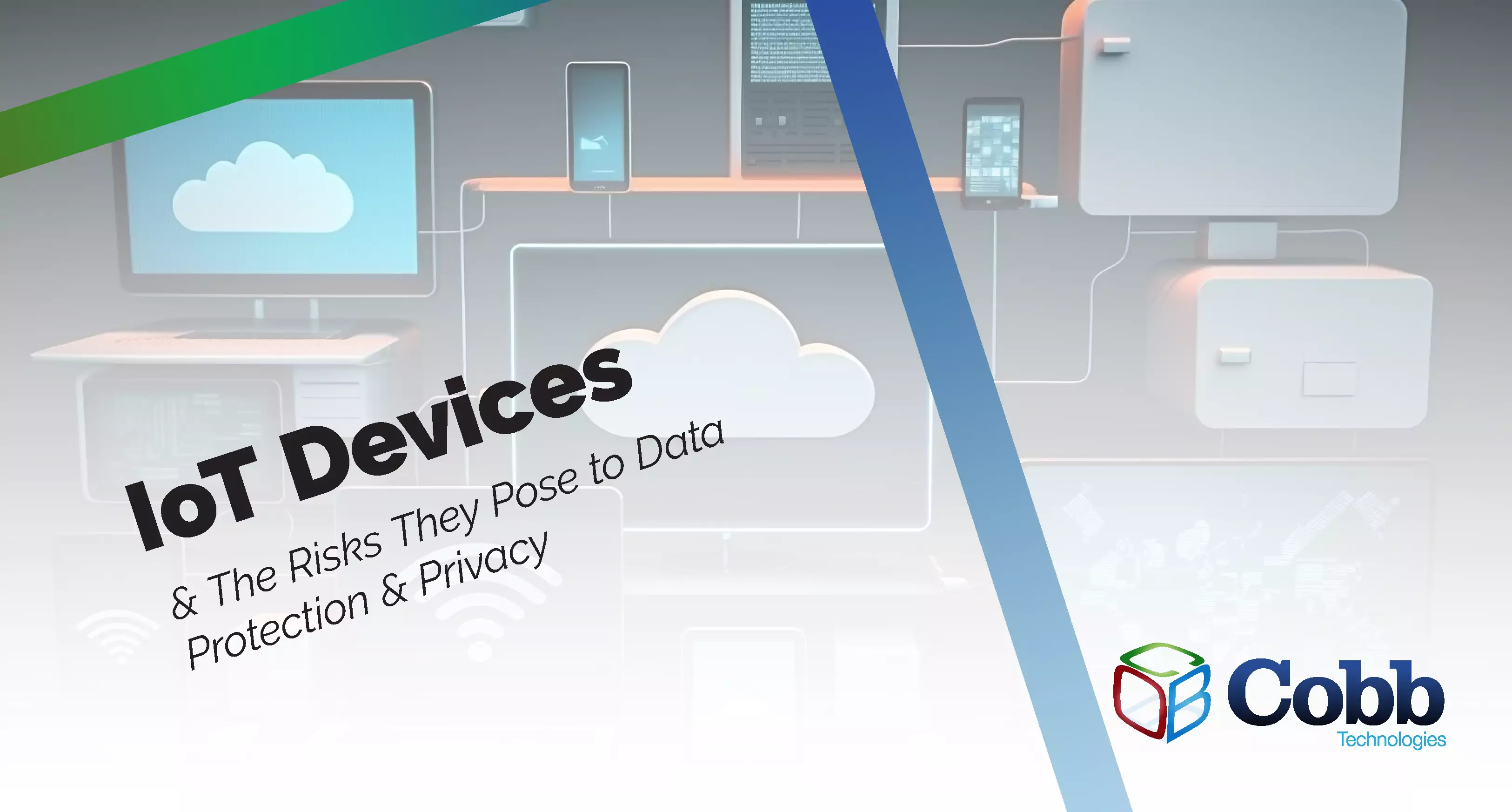5 min read
Common Incident Response Planning Mistakes to Avoid
Worried about cyberattacks hitting your business? You're not alone. Cyberattacks pose a real danger for businesses of all sizes, and without a solid...

In order to broker and close deals, you need a way to share files outside of your organization. You also need the ability to collect legally-binding eSignatures — luckily, there are plenty of options available to choose from.
Unluckily, there are also some of problems associated with both of these types of software solutions. Let’s cover those, as well as possible solutions:
Let’s say you’re using Google Drive to share documents, and you don’t have access to the service. Most of the time, users are unable to access cloud-based solutions due to lack of internet.
The solution is simple — always make sure your files are stored locally on your laptop. In order to do this with a service like Google Drive, you’ll need to download the desktop client. Through the Google Drive desktop client, you can access and store all of your cloud-based files, giving you two benefits: you don’t have to open a browser to access the service, and you can work on files while not connected to the internet.
As soon as your internet connection is reestablished, your Google Drive desktop client will automatically update the files in the cloud with the changes made to your local files.
Microsoft’s Office365 OneDrive works in the same way — since Office365 turns programs like Word and Excel into real-time collaborative production tools, you can access your programs in the same way you always would, and when your internet connection comes back, the changes will upload to the cloud.
Keeping your files local will also help prevent any issues if the service itself goes down — this, however, is very rare.
We’ve all done it before — made a change to a document we didn’t mean to, and then whether through keystroke or mouse click, saved that unintended change.
This can be a major problem with cloud based document services like Google Docs, as they are designed to automatically updated every change made to them. This can lead to data loss not through the loss of a file, but due to file changes — which are much more difficult to undo if you don’t have backups of those files.
The solution to this problem is the same as the problem mentioned above — keep local files on your laptop that mirror your cloud-based files. Then, only update your local files when you are sure the changes made are wanted.
Many email clients are designed to automatically detect for spam — and due to this, can send your eSignature email into the intended recipient’s spam folder. This can lead to deals being delayed, customers thinking your business hasn’t sent the document, and at worst, causing the deal to fall through.
While there aren’t any tools or steps available to stop spam filters from catching your eSignature email, there are precautions you can take.
Inform your customer about the incoming email
Before sending your eSignature email to a client, send them an email from your business email without any images or attachments. State that they can expect an eSignature email soon, and that it might show up in their spam or junk folders.
This will serve you in two ways — ensure the client knows the email is on its way, and build trust between you and your client. We all know spam filters can be a little… judicious — and while it may seem like an awkward email to send, your client will ultimately appreciate it.
Ask your client to add your eSignature client as a trusted contact
You won’t need to worry about your email ending up in spam if they assign it as a trusted source. They can’t do this, however, until they have received an email from that source. In order to accommodate for this, it’s best practice to include a message in your eSignature email asking the client to add this contact as a trusted source.
When working remotely, it’s always a good idea to communicate as frequently as possible — and when doing so, always make sure to let your teammates know what files you are currently working on.
Communication will also greatly reduce the risk of an eSignature email being caught in a client’s spam filter — and is indeed the only defense against this. Open collaboration will always require open communication — no matter how removed from everyone you may feel.

5 min read
Worried about cyberattacks hitting your business? You're not alone. Cyberattacks pose a real danger for businesses of all sizes, and without a solid...

5 min read
This March, four of our Sales Representatives headed to Atlanta for a two-week Canon training camp. This immersive training aimed to enhance their...

5 min read
Is your IoT (Internet of Things) data as secure as it should be? If you're unsure, it's time to take notice.